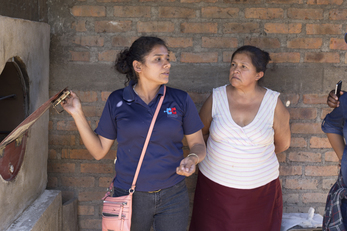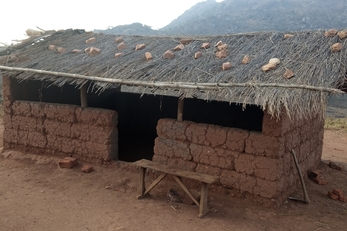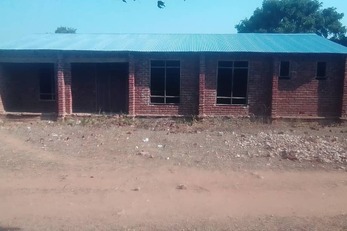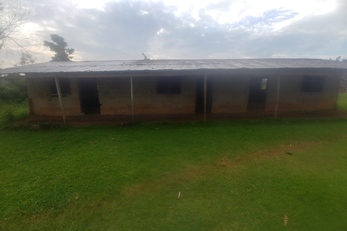

Kyanguli Secondary School Greenhouse
Project Launch:
Kyanguli is a very small village, located several kilometers off the main highway between Nairobi and Mombasa. Rapid population growth over the last decade has led to widespread deforestation and exposed the once fertile soil to erosion. This area receives little rainfall, with sporadic rains in November and December, and longer rains during April. The lack of adequate rain has made subsistence farming, which most families rely on to generate income, nearly impossible, leading many young female community members to resort to prostitution to collect their school fees. The lack of sustainable, local agriculture also forces the Kyanguli Secondary School to depend on relief food from programs such as the World Food Programme and the Red Cross, as government assistance for these students is limited and unreliable.
The faculty and students at Kyanguli Secondary School would like to combat these problems by constructing a greenhouse on site. The greenhouse will provide a more nutritious and balanced diet, especially for the orphans and girls who board at the school, impoverished children in the community, and the HIV/AIDS at-risk population. The greenhouse will be constructed at the school and operated by a group of students. Any extra produce not used to feed the students will be sold in the community as an income generating activity, thus increasing the supply of fresh produce available during times of drought. Income generated will help to sustain the greenhouse and will alleviate the financial burden of school fees for the most impoverished students at the school, requiring that fewer students be sent home for lack of school fees.
Project Update
The greenhouse was successfully constructed by the students and community members and a drip irrigation system was installed. Lessons regarding sustainable agriculture and greenhouse maintenance and operation were incorporated into the curriculum, and students had valuable hands on experience in the greenhouse. As a result, the students performed better on their exams, especially the practical-based portion of the Agriculture national exam. The first harvest was a huge success, and the greenhouse is generating a sizable profit. In addition to subsidizing food costs at the school and providing a teaching aid to students, the greenhouse allowed 30 students, 15 male and 15 female, to wave their school fees in exchange for working in the greenhouse.
Explore other Projects


Conociendo Nuestro Pasado, Aprendiendo Nuestro Presente
see detailed application ...Learn more



